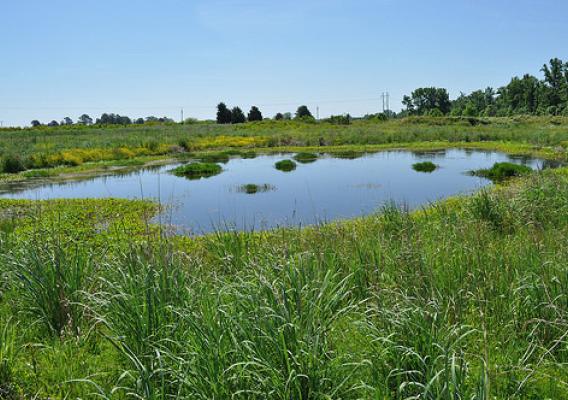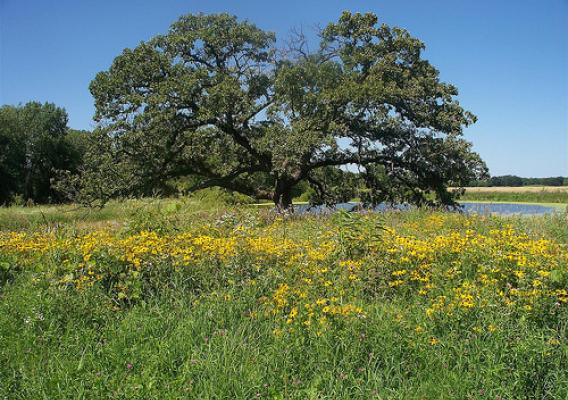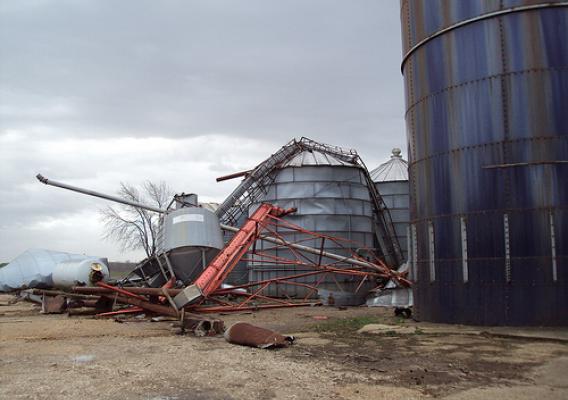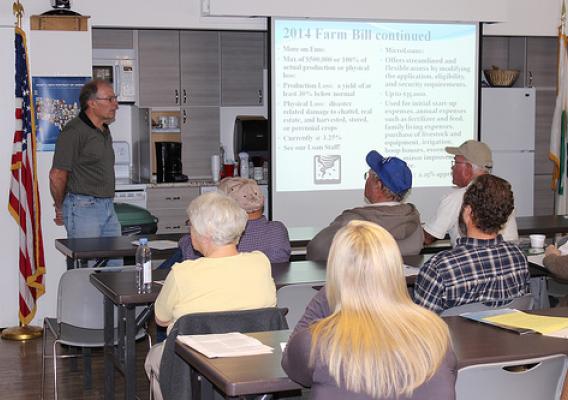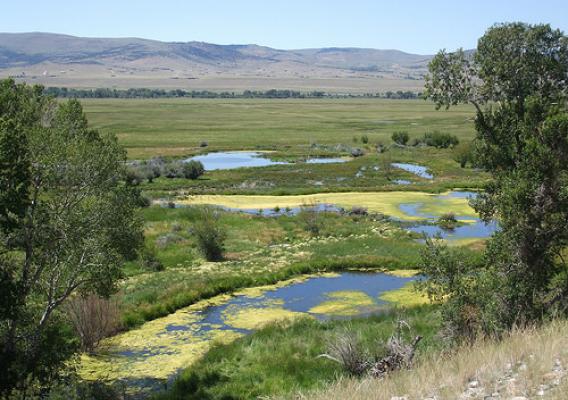The headwaters of O’Dell Creek in Madison Valley, Mont. serve as a perfect example of the benefits of implementing good conservation practices. Considered one of the largest wetland areas in Montana, O’Dell Creek was drained in the 1950s for land to raise livestock. But now, ranchers, USDA’s Natural Resources Conservation Service (NRCS) and other partners are restoring the wetland.
Historically grazed all year, the O’Dell Creek and Madison River floodplain provided abundant forage, flowing water and refuge from harsh weather. Over the years, the draining and livestock uses took a toll.
“I could see the degradation,” said Jeff Laszlo, one of the owners of Granger Ranches LP — where the creek is located. “There was a decline in both the grass production of our river bottoms and the overall health of our riparian area. Although I really didn’t know what to do about it, I felt that there had to be a better way of managing and taking care of one of the ranch’s most important assets.”

